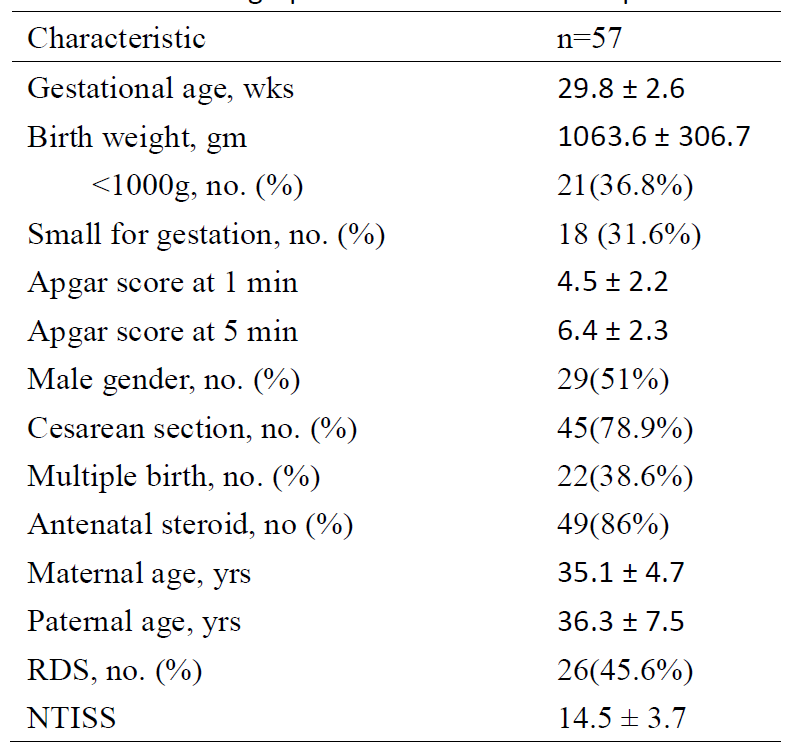Neonatology
Session: Neonatal Fetal Nutrition & Metabolism 4: Nutrition in the NICU
459 - Screening Vitamin D Deficiency by Dried Blood Spots in very low birth weight infants
Sunday, May 5, 2024
3:30 PM - 6:00 PM ET
Poster Number: 459
Publication Number: 459.2132
Publication Number: 459.2132

Chien-Yi Chen, PD, PhD (she/her/hers)
attending physician
National Taiwan University Hospital
Taipei, Taipei, Taiwan (Republic of China)
Presenting Author(s)
Background: Metabolic bone disease of prematurity is still a common morbidity in preterm infants and vitamin D deficiency is one of the major cause. Determining vitamin D status is important in these high risk infants but the difficulty in obtaining adequate blood sample is the major resistance.
Objective: The purpose of this study is to develop a novel screening test by dried blood spots (DBS) and compared with the standard serum test for accuracy in very low birth weight preterm infants.
Design/Methods: This prospective study included preterm infants weighing less than 1,500 g who admitted in the neonatal intensive care unit between July 2021 and July 2022. Their serum 25OHD levels were measured monthly during hospitalization. After informed consent was signed, five DBS in a card was obtained from the same blood sample for serum 25OHD levels.DBS were analyzed with LC/MS/MS assay, and the serum 25OHD levels was measured by LIAISON® (DiaSorin, Inc, Stillwater, MN, USA). The correlation was analyzed by Pearson correlation and receiver operating characteristic (ROC) curve analysis and area under the curve (AUC) were used to assess the accuracy. Deficiency was defined as serum 25OHD level < 20 ng/mL.
Results: A total of 57 preterm VLBW infants were included and 155 test results were available for analysis. The mean gestational age was 29.8 ± 2.6 weeks and the mean birth weight was 1063.6 ± 306.7 grams. Most of the infants (82.5%) are vitamin D deficiency at postnatal age 1 month old. The mean serum 25 OH vitamin D level increased over time, but still around 15% infants was diagnosed as vitamin D deficiency at 2-3 month of age. 25OHD concentrations in DBS and serum were highly correlated (Pearson r=0.901, 95% CI 0.875 to 0.932, P < 0.0001). ROC analysis showed that the DBS result had a high accuracy for vitamin d deficiency screening (AUC = 0.947). The best cut-off point was 18.5ng/ml, the diagnostic sensitivity was 0.871, and the specificity was 0.882.
Conclusion(s): Insufficient 25OHD level in common in VLBW preterm infants and using DBS to measure 25OHD level is a valid and practical method for screening vitamin D deficiency.


.jpg)
